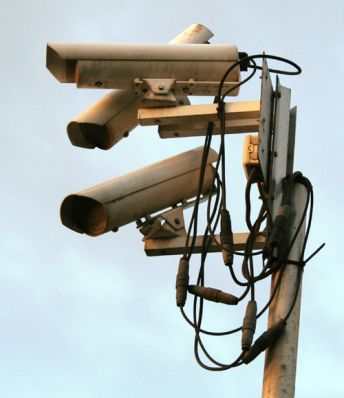What is Differential Privacy?

Yesterday at the WWDC keynote, Apple announced a series of new security and privacy features, including one feature that’s drawn a bit of attention — and confusion. Specifically, Apple announced that they will be using a technique called “Differential Privacy” (henceforth: DP) to improve the privacy of their data collection practices.
The reaction to this by most people has been a big “???”, since few people have even heard of Differential Privacy, let alone understand what it means. Unfortunately Apple isn’t known for being terribly open when it comes to sharing the secret sauce that drives their platform, so we’ll just have to hope that at some point they decide to publish more. What we know so far comes from Apple’s iOS 10 Preview guide:
Starting with iOS 10, Apple is using Differential Privacy technology to help discover the usage patterns of a large number of users without compromising individual privacy. To obscure an individual’s identity, Differential Privacy adds mathematical noise to a small sample of the individual’s usage pattern. As more people share the same pattern, general patterns begin to emerge, which can inform and enhance the user experience. In iOS 10, this technology will help improve QuickType and emoji suggestions, Spotlight deep link suggestions and Lookup Hints in Notes.
To make a long story short, it sounds like Apple is going to be collecting a lot more data from your phone. They’re mainly doing this to make their services better, not to collect individual users’ usage habits. To guarantee this, Apple intends to apply sophisticated statistical techniques to ensure that this aggregate data — the statistical functions it computes over all your information — don’t leak your individual contributions. In principle this sounds pretty good. But of course, the devil is always in the details.
While we don’t have those details, this seems like a good time to at least talk a bit about what Differential Privacy is, how it can be achieved, and what it could mean for Apple — and for your iPhone.
